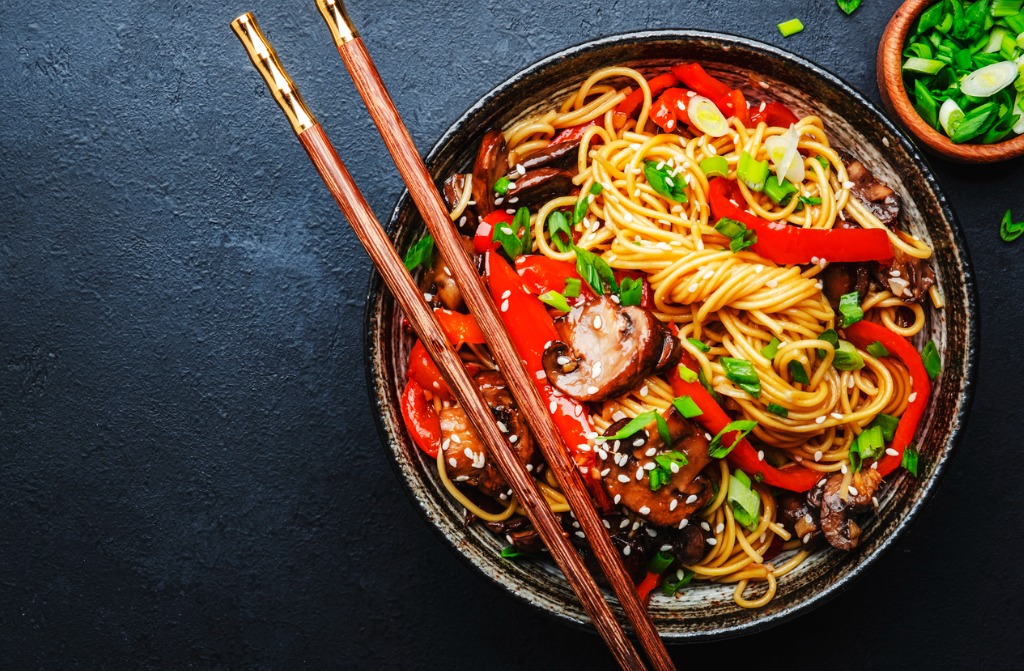Masuta Japanese Fusion Restaurant takes the spotlight in this exploration of the captivating divergence between Chinese and Japanese cuisines. These two globally celebrated culinary traditions possess unparalleled flavors, methods, and cultural importance. Despite some historical and geographical overlaps, the contrasts are striking, defining their unique characters. With the presence of Masuta Japanese Fusion Restaurant, we’ll delve into the primary distinctions that shape the essence of Chinese and Japanese fare.
Flavor Profiles and Ingredients:
One of the most noticeable differences between Chinese and Japanese cuisine lies in their flavor profiles and ingredient choices. Chinese cuisine is known for its diverse and bold flavors, often incorporating a harmonious balance of sweet, sour, salty, and umami tastes. A wide array of ingredients, including garlic, ginger, soy sauce, and various spices, contribute to the complexity of Chinese dishes.
On the other hand, Japanese cuisine tends to emphasize simplicity and purity of flavors. Umami, the fifth basic taste, is a cornerstone of Japanese cooking and is often derived from ingredients like dashi (a broth made from seaweed and bonito flakes) and miso paste. Japanese dishes showcase the natural essence of ingredients, allowing them to shine in their simplicity.
Cooking Techniques:
Chinese and Japanese cuisines also diverge in their cooking techniques. Chinese cooking involves a variety of methods such as stir-frying, deep-frying, steaming, braising, and more. These techniques are used to create dishes with varying textures and flavors. Stir-frying, for instance, is a high-heat cooking method that preserves the crispness of vegetables while quickly infusing them with flavors.
Japanese cooking, on the other hand, places a strong emphasis on precision and presentation. Techniques like tempura (deep-frying battered ingredients) and teppanyaki (cooking on an iron griddle) are used to enhance the natural flavors of ingredients. Sushi, a globally beloved Japanese dish, showcases the meticulous art of crafting and arranging ingredients to create an appealing visual and gustatory experience.
Rice and Noodles:
Both Chinese and Japanese cuisines feature rice and noodles prominently, but there are notable differences in their preparation and use. In Chinese cuisine, rice is often steamed and serves as a staple accompaniment to various dishes. Noodles come in a variety of forms, from thin and delicate to thick and chewy, and they are used in stir-fries, soups, and cold dishes.
Japanese cuisine also centers around rice, but it is typically short-grain and sticky, ideal for making sushi. Noodles play a significant role as well, with soba (buckwheat noodles) and udon (thick wheat noodles) being popular choices. Noodle dishes like ramen and soba are enjoyed in flavorful broths with an array of toppings.
Dining Etiquette:
The dining etiquette in Chinese and Japanese cultures reflects their distinct social norms. In Chinese culture, communal eating is common, and dishes are often shared family-style. People use chopsticks and occasionally a spoon for rice, with a rotating lazy Susan making it easy for everyone to access different dishes.
Japanese dining etiquette places a strong emphasis on respect and order. Meals are often served with individual portions, and it’s customary to say “Itadakimasu” before eating to express gratitude for the meal. Chopsticks are used for picking up food, and slurping noodles is considered a sign of appreciation.
Presentation and Aesthetics:
Both Chinese and Japanese cuisines value aesthetic presentation, but their approaches differ. Chinese dishes often feature a colorful and vibrant presentation, with a focus on contrasting textures and flavors. Intricate carving and garnishing techniques are used to create visually stunning platters.
Japanese cuisine, on the other hand, follows the principle of “Ishoku Dogen,” which emphasizes the balance of colors, textures, and shapes in each dish. This philosophy extends to the presentation of sushi, where attention to detail is paramount in creating an elegant and visually pleasing arrangement.
Conclusion
The main differences between Chinese and Japanese cuisine stem from their distinct flavor profiles, cooking techniques, use of ingredients, dining etiquette, and presentation aesthetics. While both cuisines offer rich culinary experiences, they are reflective of the unique cultural backgrounds and philosophies that have shaped them over centuries. Whether you’re savoring the bold flavors of Chinese dishes or appreciating the delicate simplicity of Japanese fare, each cuisine provides a delightful journey into the art of gastronomy.
Explore the captivating world of sushi at Masuta Japanese Fusion. Immerse yourself in a symphony of flavors that pay homage to the deep roots of sushi’s history while embracing contemporary tastes. Join us at 1712-1714 Sheepshead Bay Rd, Brooklyn NY 11235, and embark on a culinary adventure that transcends borders, captivating your senses. Uncover the seamless fusion of diverse tastes, traditions, and cultures that make Masuta Japanese Fusion an undeniably exceptional dining destination.



